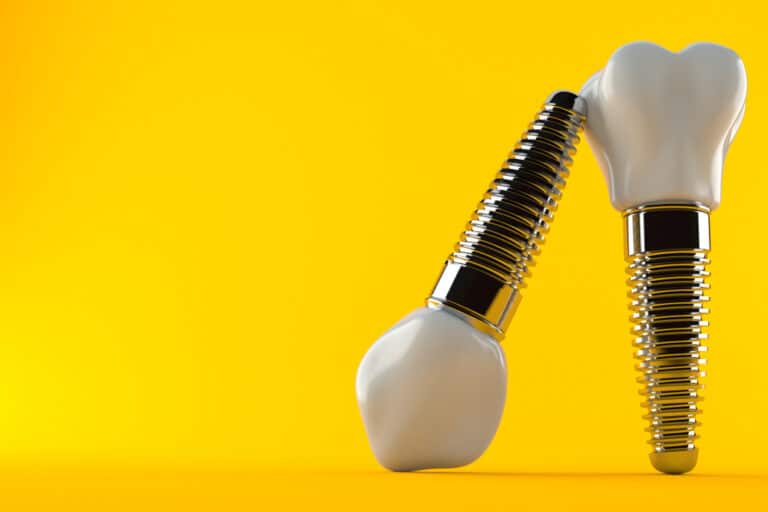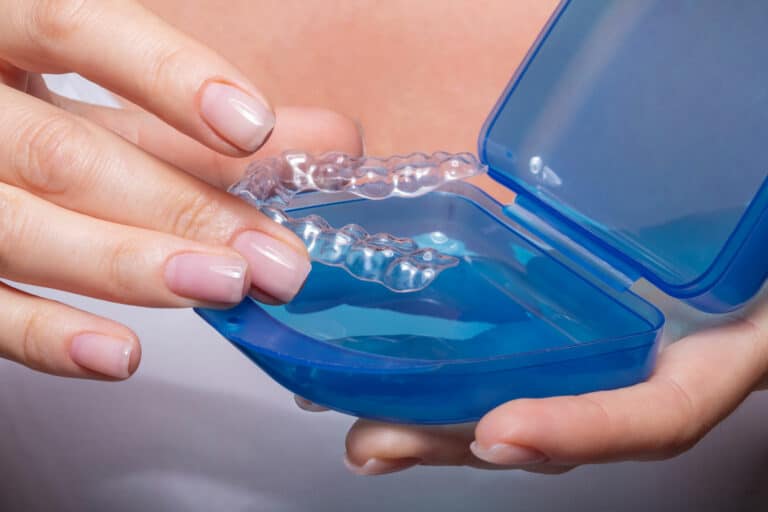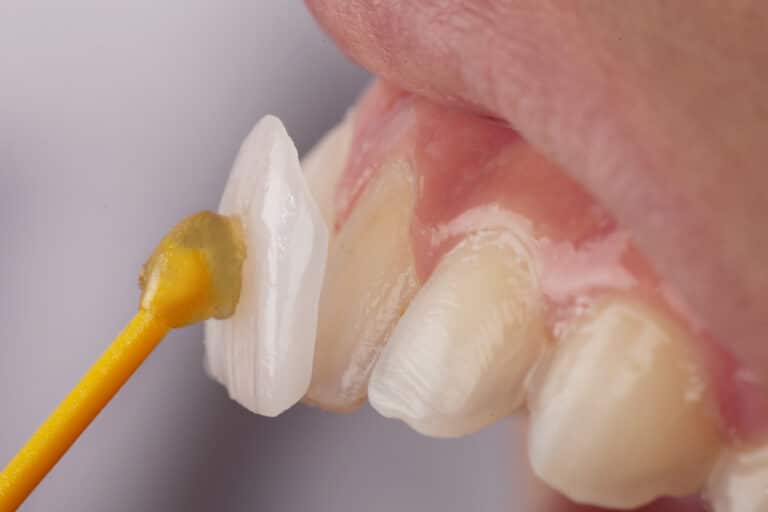When it comes to tooth decay and tooth damage, finding the right solution for you and your needs comes down to determining how much tooth structure needs to be restored. For minor tooth decay or tooth damage, treatment options such as dental fillings and tooth bonding may be best to use. More substantial decay or tooth damage, however, requires more substantial restorations.
When you visit Astoria, Queens cosmetic dentist Dr. Clifford Degel or Dr. Carmen Every-Degel, they will make sure that your situation is full assessed during the consultation process. They will examine the extent of your tooth decay or tooth damage and determine which option would be best to meet your needs and diverse dental care goals.
For substantial tooth decay or tooth damage, the common solution is usually inlays or onlays. Inlays and onlays are larger dental restorations than fillings, though they are quite similar. Inlays are, in fact, essentially much larger fillings which help build back lost tooth structure. Onlays are similar, but they are intended to build up the cusp surface of the tooth. Both can be used in combination with each other to improve the overall appearance of teeth and restore much needed bite strength.
The placement of inlays and onlays is relatively simple. The tooth is first prepared for the inlay or onlay, which will involve the removal of decayed or damaged tooth structure. Once this is done, an impression is made of the prepared tooth and the inlay or onlay will then be fashioned using this impression and available dental records. When the inlay or onlay gets placed, it is secured by special sealants and allowed to set properly.
In some cases, however, inlays and onlays will not be enough to restore the structure of a tooth. In those cases, your best bet is often getting dental crowns. Dental crowns are more substantial dental restorations and may best be thought of as caps that are fitted over a tooth. The tooth needs more preparation for a crown than an inlay or onlays, so it takes a lot of expertise and knowledge to determine which type of dental restoration would be more beneficial to a patient. We’ll take time to make this assessment at the consultation.
It should also be noted that inlays and onlays are commonly used in smile makeover procedures. Smile makeovers combine both cosmetic dentistry and restorative dentistry treatments to achieve an overall improvement of the dental health and the aesthetics of a smile. This means that Astoria, Queens porcelain veneers may be used in combination with inlays and onlays, and the same goes for teeth whitening, dental implants, dental fillings, and so forth.
To learn more about inlays and onlays and how dental restoration technology can help you have a stronger and healthier smile, contact our Astoria, Queens cosmetic dentistry practice today. We look forward to seeing you soon in person so we can discuss these matters with you in greater detail.




